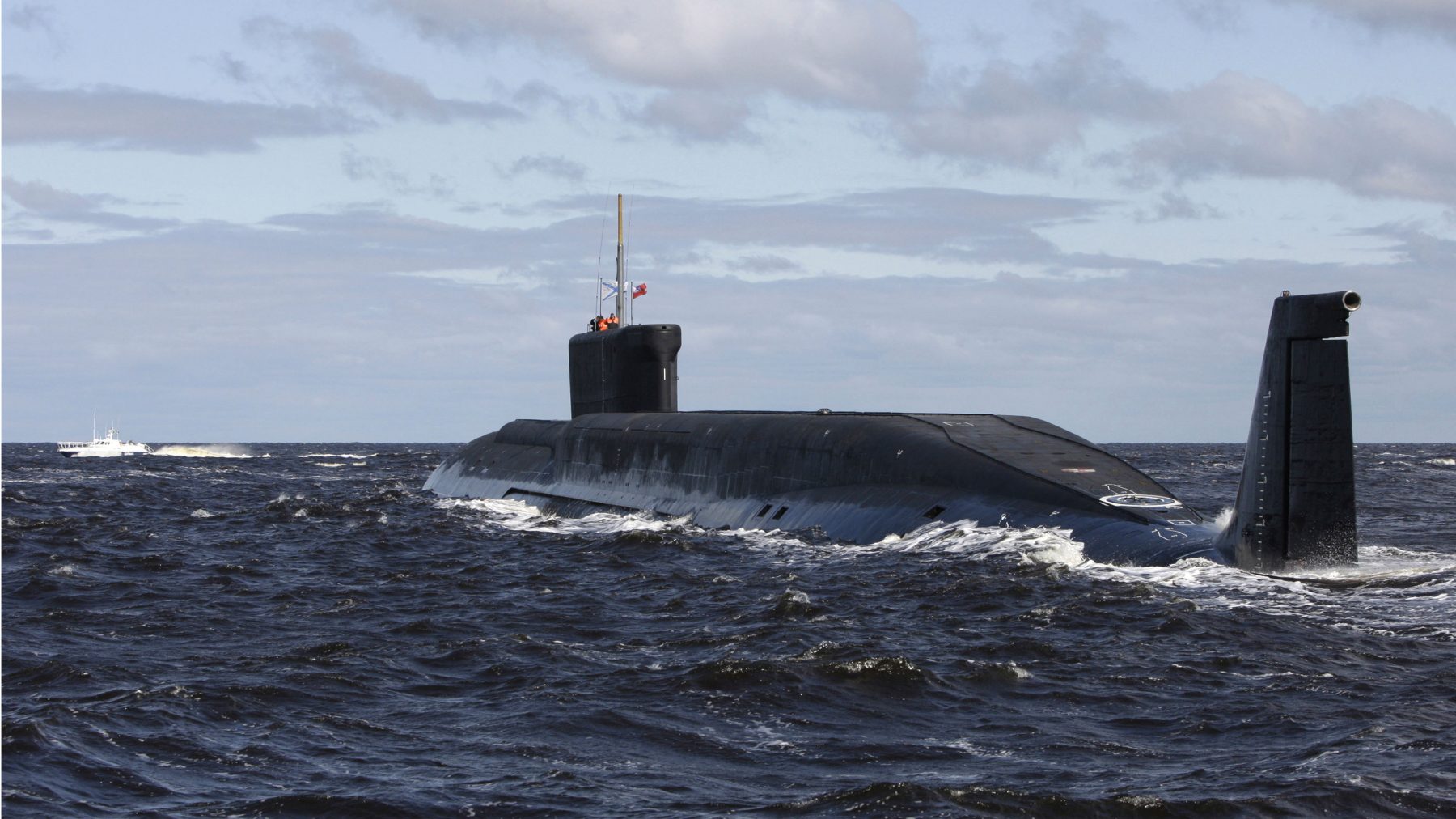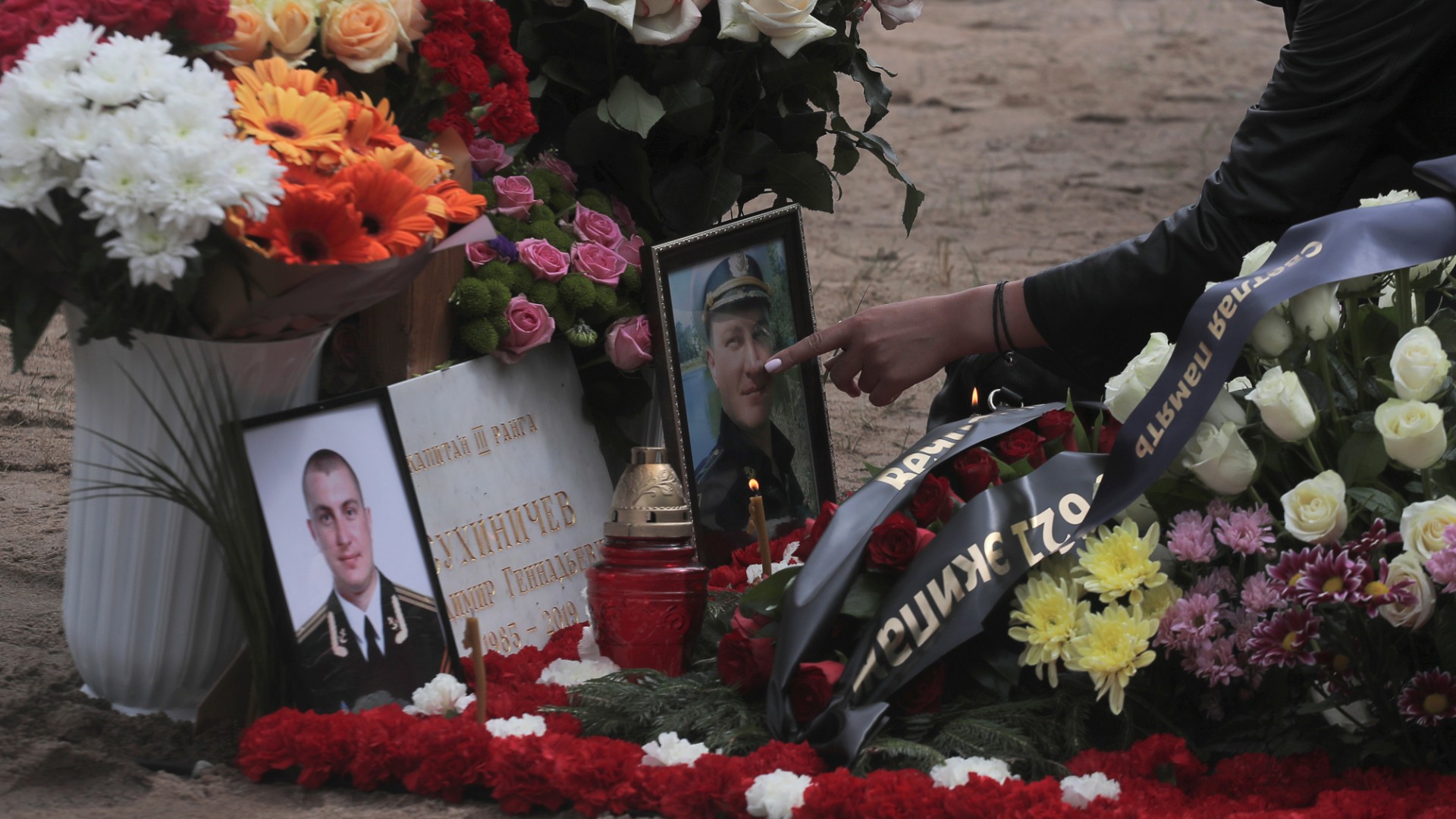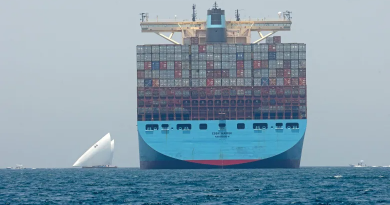July fire damage to Russia’s secret Losharik sub detailed

The nuclear-powered sub Losharik is up for comprehensive repair in Severodvinsk, northwest Russia this fall.
A representative of the Russian military-industrial complex confirms to TASS that the Losharik appears to have suffered “significant damage” in the fire that broke out on July 1st and killed 14 sailors.
“The fire has seriously affected radio and electronic equipment, automatic systems, acoustic and navigation equipment and life-support systems,” the unnamed source says to the news agency.
It is not clear to what extent the fire damaged the hull made of titanium.
The wrecked submarine is due to be towed from the Kola Peninsula to Severodvinsk, the closed military city near Arkhangelsk, early this fall. Repair works will be conducted at the Zvezdochka yard.
“In the first phase [of the repair], water will be pumped out of the vessel and fault detection will be conducted with the titanium hull, as well as the inside compartments, after which a technical plan for repair and restoration will be made,» the source told TASS.
Deadly fire in Barents Sea
The fire onboard the Losharik (AS-31) broke out in the evening of 1 July. Among the 14 sailors that died were two highly decorated Heroes of Russia, seven 1st rank captains and three 2nd rank captains. The crew included some of the the most experienced men in the Russian Navy.
Two of the dead come from Murmansk. The remaining parts of the crew came from St. Petersburg.

The sailors were about to return to base after training when the fire broke out in the battery compartment. The exercise was reportedly the last before an upcoming combat mission. It took place in the Motovsky Bay, near the Peninsula of Rybachii, possibly only about 50 km from the border to Norway.
Smoke started to erupt from the vessel’s battery compartment as the advanced special purpose submarine was to connect with far bigger mother ship Podmoskovie.
The Losharik is normally based in Oleniya Bay, and operated by the Main Directorate for Deep Sea Research, nicknamed GUGI, a branch directly under General Staff of the Armed Forces.
The vessel is believed to be able to bring – or remove – other small installations and devices for military purposes to be placed on the sea floor. Such devices can be noise-makers to distract foreign submarines when Russian submarines sail out from the Kola Peninsula to the North Atlantic. Other listening devices can detect sounds made by the propellers of enemy ships. The submarine has one nuclear reactor.
The Losharik is about 70 meters long and is normally carried by mother ship Podmoskovie, a far bigger rebuilt Delta-IV class submarine.
It is the worst accident in the Russian Navy since 2008. According to local media, a memorial plate with the names of the sailors of the Losharik might be added to the memorial site of the Kursk, the submarine that wrecked in year 2000 killing all 118 men onboard.
Related stories from around the North:
Norway: Radiation worries but few details following rocket blast in northwest Russia, The Independent Barents Observer
Russia: Russian nuclear corporation says 5 staff members died in last week’s “liquid propulsion system” blast, The Independent Barents Observer
United States: Between Militarization and Disarmament: Constructing Peace in the Arctic, Blog by Heather Exner-Pirot



